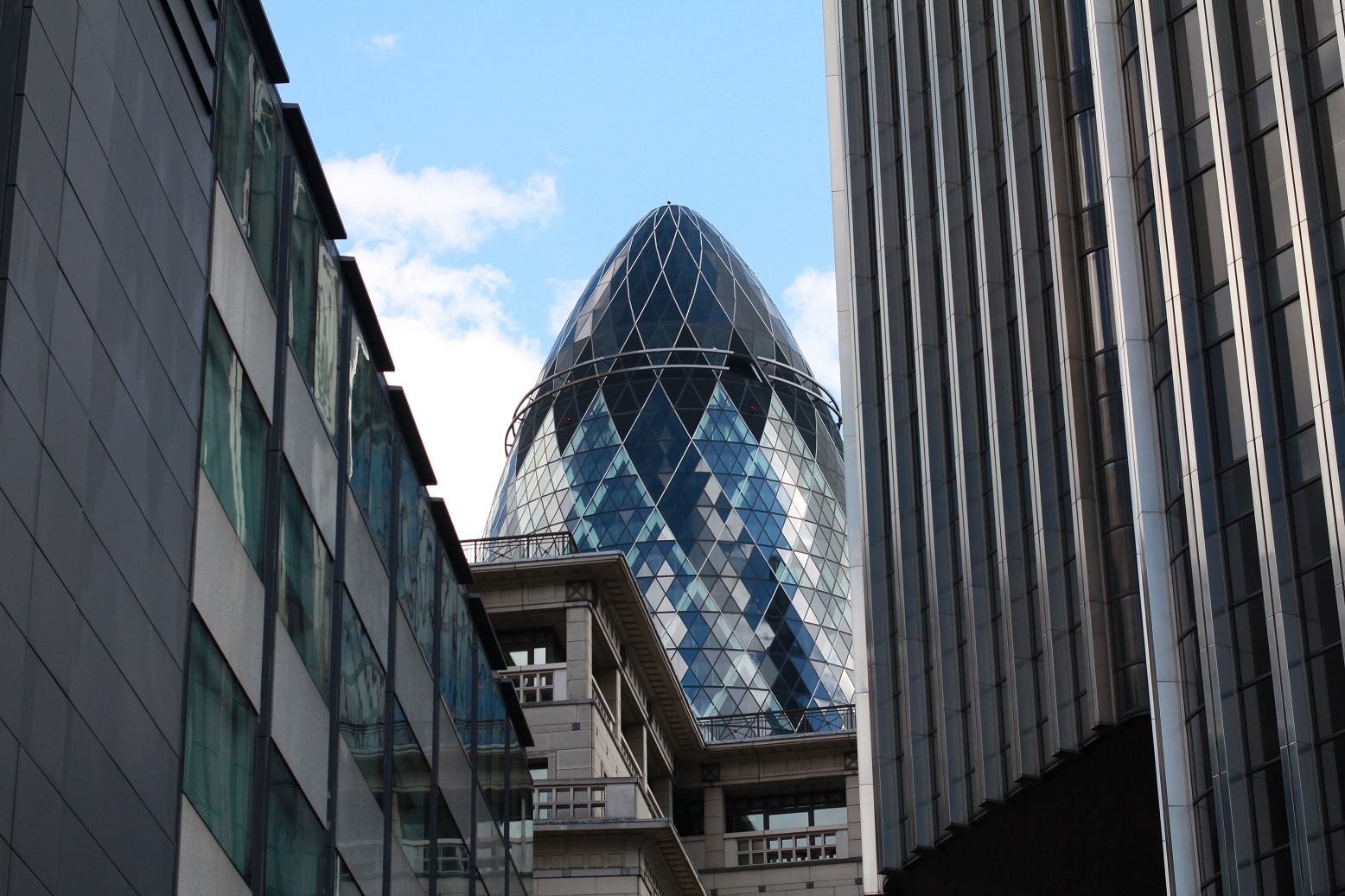Open House London is one of highlights of the UK’s cultural calendar. A celebration of the capital’s one-of-a-kind architecture, design and city planning, which has been held in the city since 1992, it sees more than 800 usually-closed venues across London open their doors to the public. Visitors can take a peek inside magnificent private residences, check out the views from skyscraping offices and uncover history at ancient temples and churches.
Samsung asked us to write about this major cultural event for their in-house platform Global Live, and we obliged by giving their readers a run-down of the best buildings to see at the 2015 event. You can read our picks below…

Curiosity is part of the human condition. So it’s no surprise Open House London – an initiative that sees hundreds of buildings in the city that are normally off-limits fling open their doors to the public for free – has taken off. The architecturally curious came out en masse for the 2015 Open House event (which took place on September 19 and 20), poking around some of the most iconic and most extraordinary venues in the city. From private homes to government offices, churches to skyscrapers, modern monoliths to toilets, this Open House was vast and varied.
In fact, more than 800 London venues welcomed visitors. We’ve honed in on the offerings in the City of London, the capital’s commercial crown jewel where the newest wave of unusually shaped towers squat next to classical ancient buildings, creating an intriguing jumble of stone, glass and steel. And here are our picks of the program.
The Gherkin
Few buildings exemplify 21st-century London like this one. Its official name is 30 St. Mary Axe, but that title rarely gets an outing. Its conical shape has ensured its nickname, the Gherkin, is far more widely used. Prior to its opening in 2003, some skeptics bemoaned its arrival, predicting it would be a blight on the City’s skyline. Once the design was realized, however, most conceded the cutting-edge structure was a stroke of visionary genius. While Londoners generally only get to admire this glazed pickle from afar, Open House gave the average folk access to ascend to the tapering top for eye-popping views across the city and river. Understandably, this wasn’t one for the queue-shy; only those dedicated enough to wait it out in the lengthy line made it in.
The Bank of England
Discerning architectural tourists formed queues around the corner to get into the headquarters of the country’s financial overseer. Once inside, attendees were treated to a 30-minute behind-the-scenes tour. The original bank building was created by one of England’s greatest architectural minds, Sir John Soane, though much of the Soanian masterpiece was torn down in the early 20th century to make way for a newer rendition. During this tour, visitors got to gawp at a few of the Soane-era remnants – among them screen walls and a reconstruction of the 1793 Stock Office – as well as the famous committee room, where the Monetary Policy Committee meet every month to set interest rates.

St. Paul’s
St. Paul’s is surely one of London’s most emblematic sights, but it’s also a landmark that London-dwellers take for granted. Many people glimpse its familiar dome on the skyline every day, but never actually step inside the majestic cathedral. During the Open House weekend, St. Paul’s offered a special triforium tour around the site, which allowed visitors to see parts of the cathedral that are not always accessible to the public. Participants got the chance to examine the interior and to inspect Sir Christopher Wren’s first model and designs for the building, as well as to see the 18th-century Cathedral Library and enjoy the glorious nave from the elevated West Gallery.
Tower 42
Up until the 1960s, London was a low-rise city and regulations were in place to ensure it remained that way. This striped tower, originally known as the NatWest Tower (a hexagonal chevron resembling the bank’s logo is even incorporated into the design), was an early pioneer in the high-rise movement and was, at 600 feet, London’s first genuine skyscraper. It held onto the title of the tallest building in the capital until 1990, and is currently the City of London’s tallest fully occupied building. Though it’s often overshadowed by its newer, bigger and more distinctively-shaped neighbors, Tower 42 remains a crowd-pleaser at Open House (perhaps because of the views it offers of its uniquely shaped neighbors). So much so, in fact, that attendees had to pre-book tours in advance to avoid the lengthy waits seen in previous years.
Looking for more destination guides and travel articles from World Words? Head on over to our projects page. You can also keep up-to-date with our latest projects on Twitter… or get in touch directly via our contact form.
